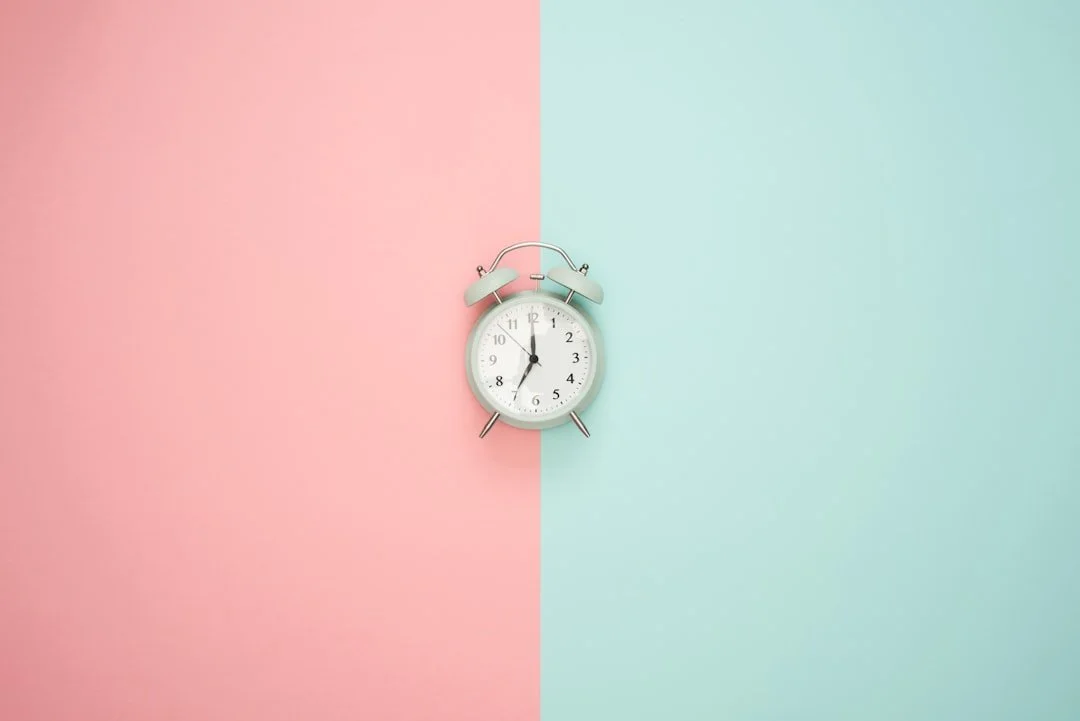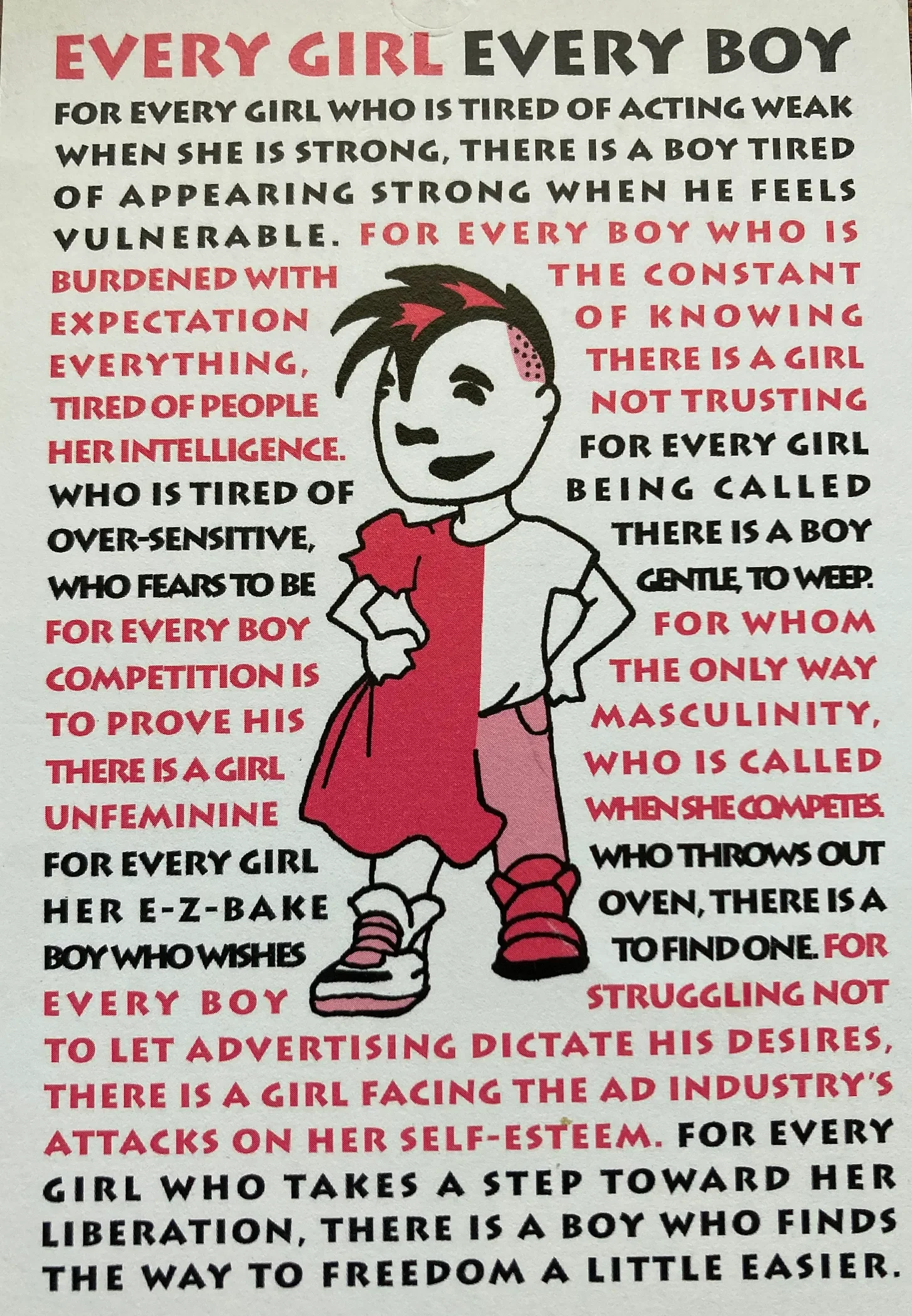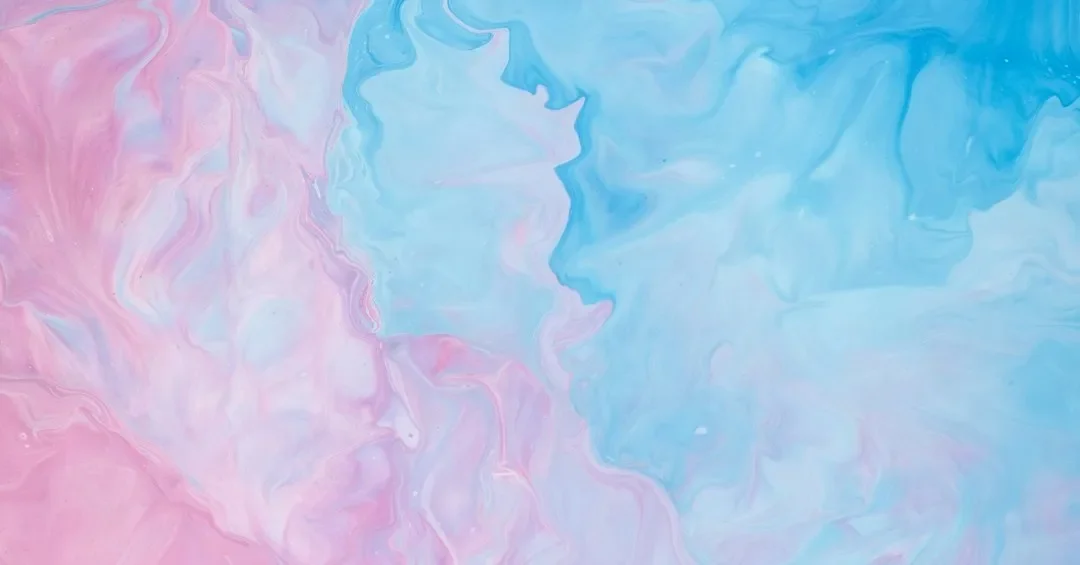Fly-on-the-Wall's Eye View
Friends! Greetings from the height of March mud season. By many accounts, it’s a rather unlovely time here, but I love it. Love, love, love watching the early bloomers poke their perseverant little heads through the muck. The lineup so far (which is like clockwork every year) has included snowdrops, crocuses, skunk cabbage, and even a few glory-of-the-snow.
This year especially, I’ve thrilled at imagining these perennial powerhouses rising up in apparent outrage at winter having overstepped its power and overstayed its welcome. Just at the very moment I’m certain that all hell has literally frozen over, these little miracles come bursting triumphantly through dregs of dirty snow, nettlesome nip bottles and messy miscellany. And then? Then tiny angels sing on high (read: spring peepers call their mates from the marshy reeds).
Of course, mud season also brings bugs, which are their own kind of performance. Last week, for example, a teensy troop of traipsing ants had their own little St. Patrick’s Day parade right on top of my kitchen counters. I swear they had a full marching band and a high-spirited drum major decked out like a little leprechaun. It doffed its tiny green bowler derby at me as it high-stepped by. Can you even believe the cheek of it? Me neither.
The return of flies is another matter altogether. While I love me a dragonfly — obvi — I’m hard pressed to locate any true warmth for the common housefly. I can, however, access some wonder over those creepy compound eyes of theirs. Wraparound vision is a serious superpower, which I suppose might have a lot to do with why they’ve survived life on earth for somewhere around 50 million years.
My interest in these early spring phenomena is neither casual nor academic, though. I feel them. In fact, I think perhaps I am them. I, too, am beyond tired of being driven underground by the heavy, desperate energy of empire winter on its last legs. I, too, am beyond ready to emerge into the visibility of sunlight, fresh air and emergent hope.
And what a timely coincidence, because March 31st is International Trans Day of Visibility. Every year since 2010, it’s been the day set aside to center and support trans and nonbinary folks. Why do we get our own day? Because we’re mostly invisibilized and marginalized (and now we’re being flat out erased). It’s our time to be celebrated.
“We have to be visible. We are not ashamed of who we are.” [Quote by Sylvia Rivera; Photo by Icons8 Team on Unsplash]
But back to the flies for a minute. How am I like them? It’s the compound vision thing, friends. Living on both sides of the gender binary and spending significant time between those poles has given me a 360° view of gender. This, too is a sort of superpower (or a curse, depending on your lens).
Maybe you’ve also lived the full circumference of gender. Or maybe you’re a particularly astute scholar of socialization. In either case, you likely won’t be the least bit surprised about what I have to share. But more likely, you’re like most folks and have had only fleeting thoughts of gender and gender conditioning. And in that case, let me tell you, in no uncertain terms:
Gender is baked into every microscopic speck of our social conditioning. Every single speck.
A speck is at least this small, but probably smaller.
It really is, friends. It’s ubiquitous, insidious, sometimes even pernicious. Inextricable with our perceptions of ourselves and others, gender conditioning informs our every interaction, whether we realize it or not. And because it’s so ever-and-omni-present and automatic, we often don’t recognize it. It’s just who we are and how we’re used to being. We’re the fish, gender conditioning is the water. That whole thing.
If your mind is rebelling at the idea that we’re all simply automatons of our gender conditioning, well…I understand. Life as an automaton probably isn’t what you would have chosen for yourself. I know it wasn’t what I would have chosen for myself. Yet even after stepping largely outside that conditioning, it continues to humble, fascinate and sometimes frustrate me. I’m still coming to terms with just how deeply embedded it is. Maybe I will be for the rest of my days.
For example, nearly a decade after beginning my gender transition, and after many, MANY hours spent re-orienting and unlearning habituated behaviors, I sometimes still find myself working against the gravitational force of my early (and years-long) female gender conditioning. This happens most often when I’m interacting with older cisgender males1.
In these moments, I catch myself reflexively shrinking in order to yield some of my space to these cis males who I gauge as my seniors. I was conditioned to be obsequious in this way, and it kicks right in, pulling me through a wormhole to my pre-transition life. When (if) I notice this, I put the brakes on and right-size myself.
Not so fast, Alice. Back through the looking glass you go.
On the other hand, when folks read me as cisgender male, which they often do, thanks to my facial hair and receding hairline, that translates into all sorts of gender-reactive behavioral shifts on their part. Including, but by no means limited to:
cis males talking to me in a secret society of bro-hood code kind of way that they didn’t when I was presenting as female;
cis males speaking directly and making eye contact with me, while simultaneously ignoring the female-presenting person standing right next to me;
having the male of a cis-male-female couple nod and make eye contact with me, while the female typically averts her eyes;
cis females calling me “sir” and shrinking to make space for me. Or over-thanking me. Or not talking about certain things in front of me that they would have when I, too, was female-presenting;
being asked whether I’m still in touch with my son’s mother, to which I sometimes, but not always, respond why yes, yes I am…we’re still very close (because I am my son’s mother); and
being awarded a conference scholarship post-transition that I had been denied less than a year earlier when I applied with a female name and pronouns.
“There is no gender identity behind the expressions of gender... identity is performatively constituted by the very 'expressions' that are said to be its results.” [Quote by Judith Butler; Poster, which hung on my wall for years, is by J.T Bunnell and Irit Reinheimer, based on the poem “For Every Woman” by Nancy R. Smith]
I probably don’t need to say it, friends. But trans people are not a monolith, and I speak only for myself here. Yet at the same time, I think many trans folks can relate to the experience of feeling both invisible and highly visible all at once. And of having their insides fail to match their outsides2.
This was especially true for me in the years before I transitioned and in the early stages of my transition, before hormone replacement therapy and surgery changed my body’s topography. It was a tender time when my gender dysphoria was at a fever pitch and, at moments, debilitating. A time of being frequently misgendered and deadnamedand crawling out of my own skin.
It was, ironically, also the only time I’ve ever (so far) been questioned about my gender in a public bathroom. I had been masculine-presenting for quite a while but was still identifying legally and socially as female. While using the women’s room at a rest stop in Pennsylvania, a righteously indignant woman demanded to know whether I realized I was using the women’s room.
Failure to wear MAGA-specified binary restroom wear may result in federal prosecution. For real.
Interestingly, the ill-conceived and thoroughly problematic trans bathroom bills being promulgated around the country mandate this very thing: we must ALL use the public bathroom that corresponds to our assigned birth sex, regardless of our gender. This is purportedly meant to protect the safety of cis-women and girls. Who, I wonder, felt safe in my Pennsylvania rest stop situation? The woman who confronted me? Me? Neither? I’m going with neither.
But even years into transition, when external presentation and internal sense of gender match, a residual dissonance can remain. This is perhaps because for trans folks, our post-transition exteriors often belie our lived histories and our gender conditioning. This causes us to confront the awful truth: there is no full escape from trans invisibility.
Nor is there any way to completely inoculate against the external assumptions that spring from the ground of societal gender conditioning. These assumptions, while rarely ill-intended, send a continual message to trans and nonbinary people that our identities are anomalous, abnormal and inconvenient.
Nonbinary folks deal with yet another kind of equally, if not more, insidious invisibility. The invisibility of perpetual exclusion from a gender binary-centric culture. Whether to choose the men’s or women’s restroom. Being pelted with gendered language like “ladies and gentlemen.” Bureaucratic forms where “M” or “F” are the only choices. The list goes on and on.
And intersex folks are sometimes doubly invisibilized. Intersex babies have historically been assigned to one or the other side of the gender binary at birth, and their tiny bodies surgically altered to conform to what’s considered “normal” for their assigned birth sex. Not only is their intersex identity (which is a naturally occurring biological variance in humans, not a pathology) immediately erased, sometimes their assigned gender doesn’t align with their intrinsic sense of gender. Invisibilization, squared.
“The existence of intersex people is proof that nature doesn’t see gender as a binary.” — Colette Lord
Well, and what about those among us who are comfortably established in a cisgender identity and, all things considered, also comfortable with the gender binary? I see you, friends. And I issue you a challenge.
Find a quiet place where you can contemplate without the distractions of technology or anything else. Spend some time there, thinking first about all the ways in which your gender identity has limited you. Ways in which you haven’t dared to try things, for fear of social repercussions or stigmatization. Ways in which you haven’t had access, simply because of your gender identity. Then also think about the ways in which your gender identity may have privileged you.
I bet you’ve come up with some pretty significant lists. Maybe you see a little bit more clearly how gender itself is a highly visible/invisible force. Maybe you can sense a little more how much power we’ve all ceded to our unchallenged gender conditioning.
No matter your gender identity, friends, I invite you to put on a pair of wraparound goggles and keep noticing how gender limits or privileges you. I also encourage you to honor Trans Day of Visibility this year by attending an event, making a donation in support of trans and nonbinary folks, or advocating for trans rights (which, by the way, are human rights) with your legislators.
I also invite you to imagine a future where we’re all free to exist as our organic selves, without the constraints of our gender conditioning and legal inequality. I’ve tried this, and it’s not easy to take in all the euphoria. So make sure you’re sitting down.
“A gender-equal society would be one where the word 'gender' does not exist: where everyone can be themselves.” [Quote by Gloria Steinem; Photo by Pawel Czerwinskion Unsplash]
1 This is not me maligning cisgender females, males or any other identity. It’s simply me speaking from my internal experience.
2 In 2023, I published a piece in Hypertext magazine about this very thing. You can read it here.







